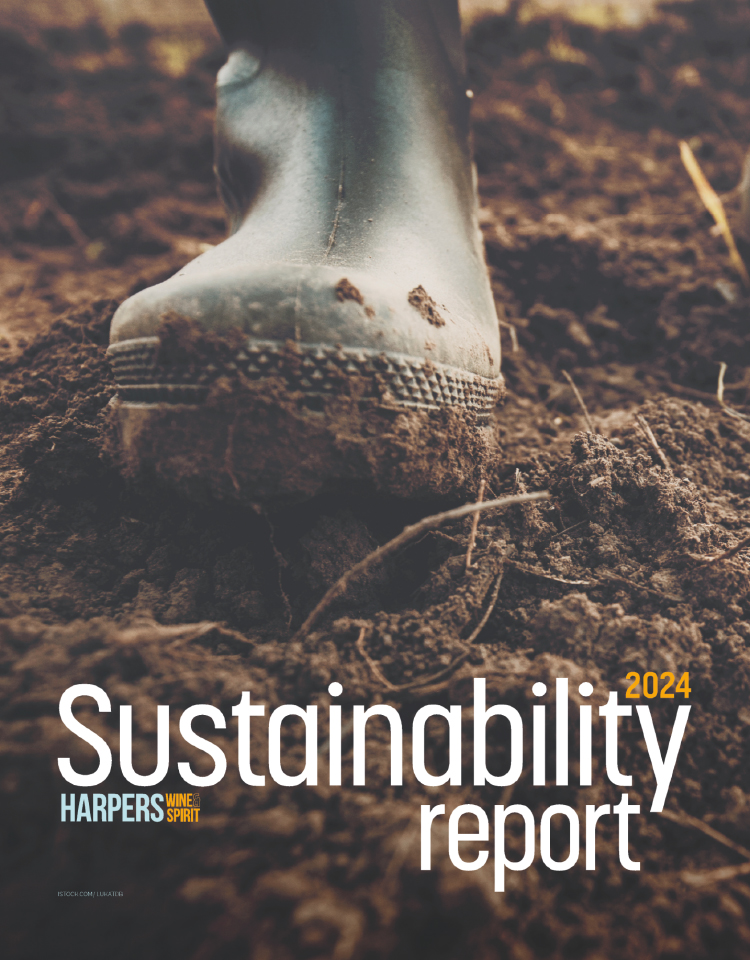
Average of 30 licensed premises closing a day
Nearly 12,000 licensed premises have closed in Britain since December 2019 — an average of around 30 a day and the highest rate on record, according to the latest Market Recovery Monitor from CGA and AlixPartners.
While 4,170 new sites have been recorded since December 2019, the loss of 11,894 venues means there have been nearly three closures for every fresh opening — leading to a net loss of 7,724 licensed premises, the report fund.
It also stated the number of permanent closures was expected to rise sharply as the effects of trading restrictions — including a catastrophic drop in trade over the key month of December—take their toll.
Moreover, while the sector now has a roadmap to reopening, research for the Monitor suggested that the freedom to trade outside from mid-April would be of limited benefit, with well under half (43.2%) of England’s pubs, bars and restaurants having an outdoor area of some kind.
While the number is higher among food pubs (78.4%) and community pubs (71%), it is far lower on high streets (25.6%) and among casual dining restaurants (11.4%).
“These numbers set out the full, devastating impact of the pandemic on Britain’s licensed premises,” said Karl Chessell, CGA’s business unit director for hospitality operators and food, EMEA. “
The wipeout of Christmas trade was clearly the final blow for many businesses, and the long wait that others now face to open their doors sadly means closures will mount even higher.”
The report also revealed that the food-led sector has been hit harder by Covid-19 than the drink-led market, losing 7.6% and 5.5% of total sites respectively.
The casual dining sector has contracted by 15.8% — equivalent to more than 1,000 casual dining restaurants, or nearly one in six of the total, shutting their doors since December 2019.
On a more positive note, the report pointed to resilience in some areas of the market, including bars and cafes.
Many city centres have also proved more durable than expected, with central Sheffield, Liverpool, Edinburgh and Nottingham all losing fewer than 3% of their licensed premises since December 2019, and the London market trimmed by a below-average 6.3%.
“There is huge pent-up demand for hospitality among consumers, and it is encouraging to see signs of resilience in the sector,” said Chessell.
“Pubs have proved more durable than restaurants in recent months, and outside service will give many of them a useful kickstart if the sun shines. Amid all the closures, it’s also encouraging to see a steady flow of new entrants to the market. We remain very confident about the long-term future of the sector, but unfortunately there is more pain to come first.”
The Market Recovery Monitor is based on CGA’s exclusive Outlet Index, a constantly updated database of the country’s premises. It will be published monthly in 2021 to help track the sector’s progress.






